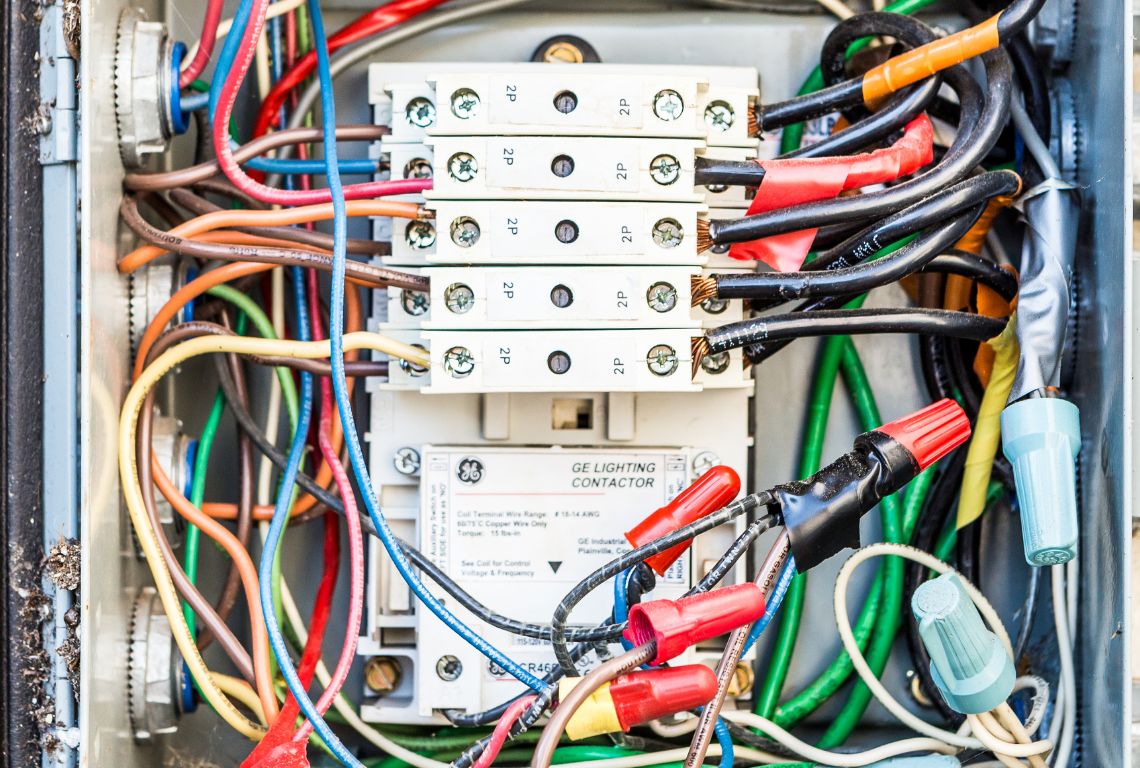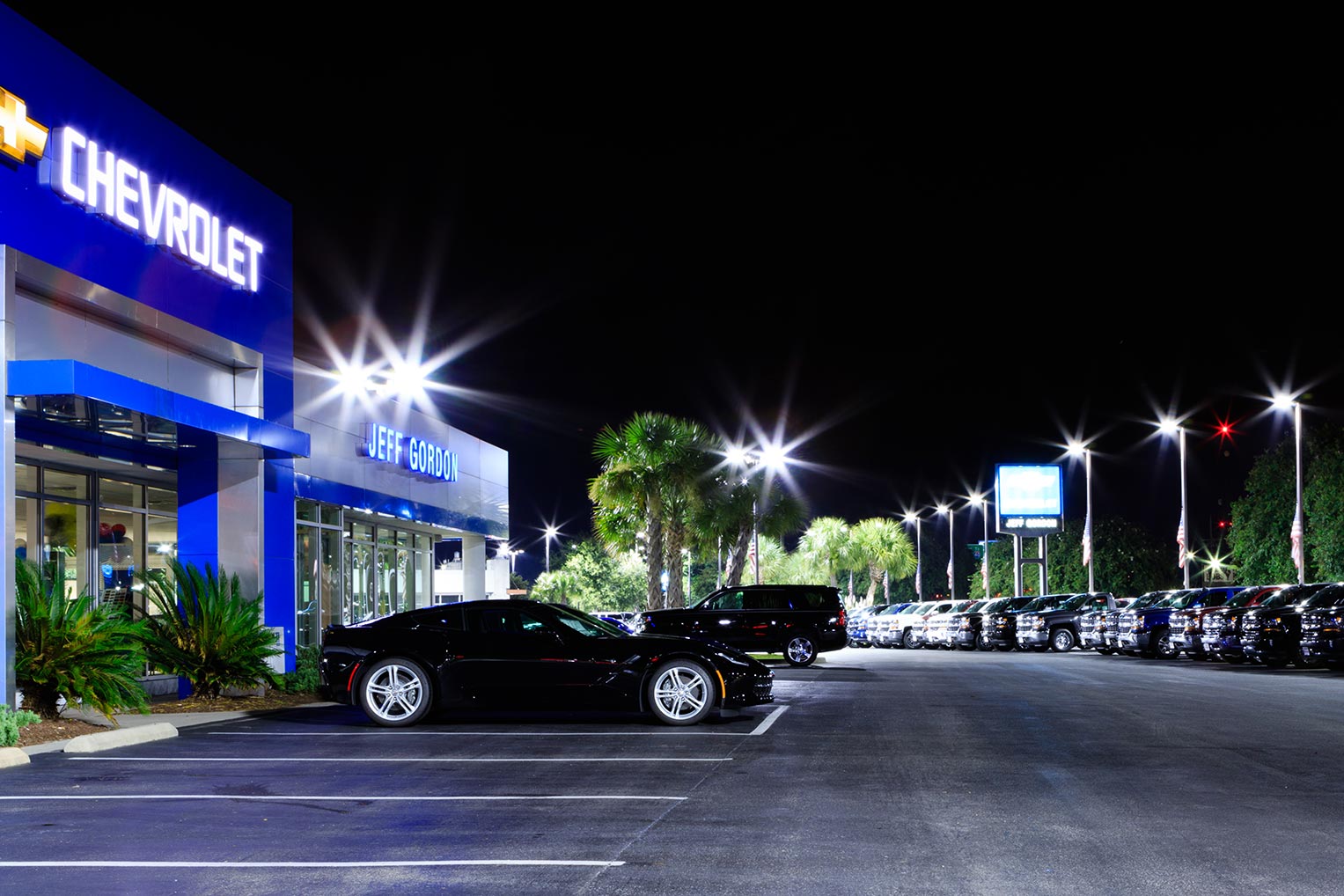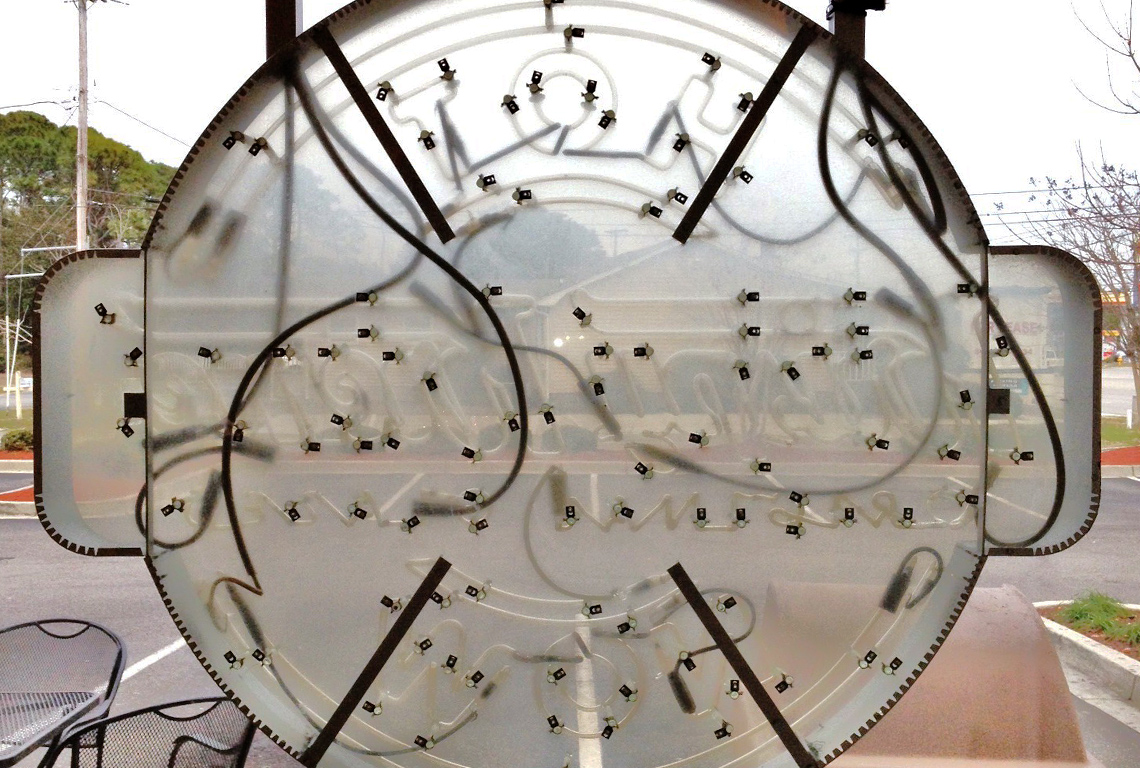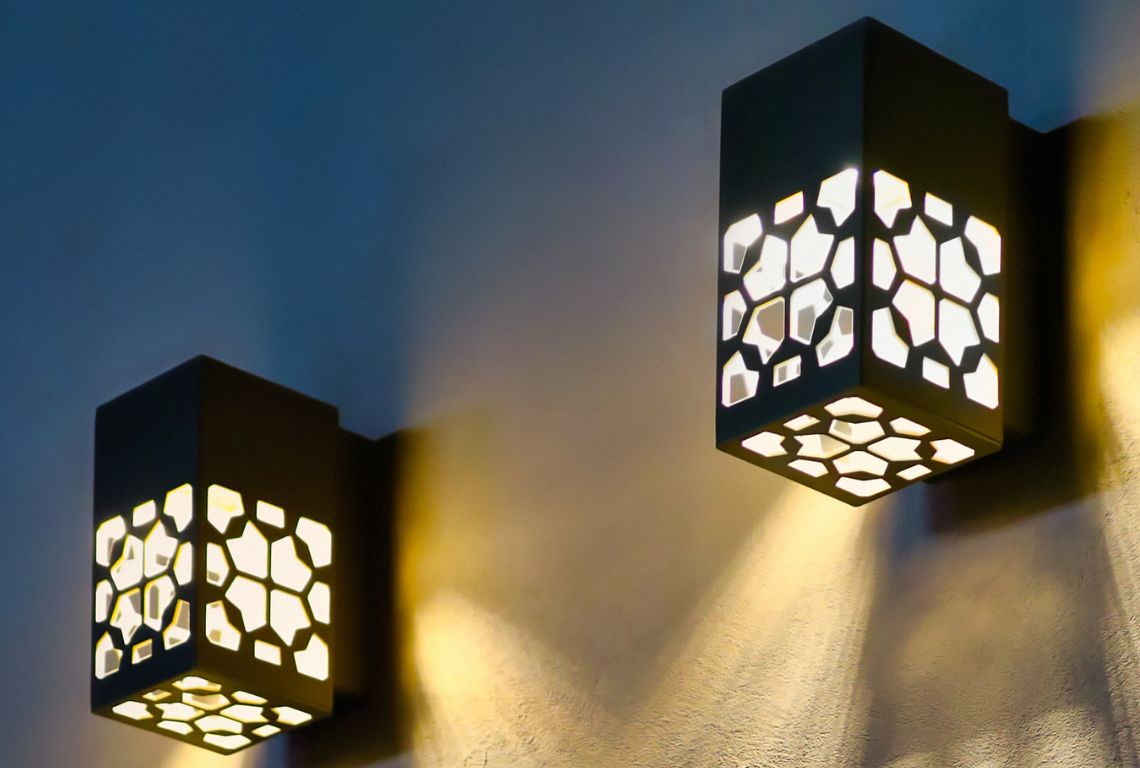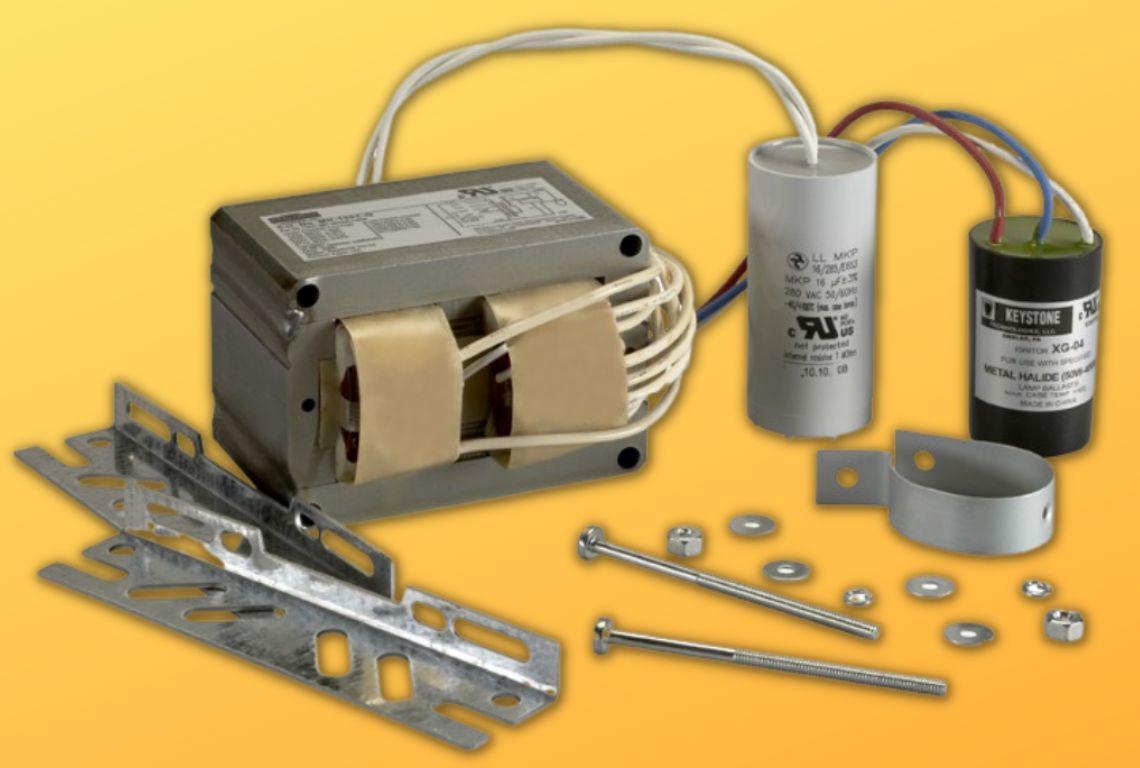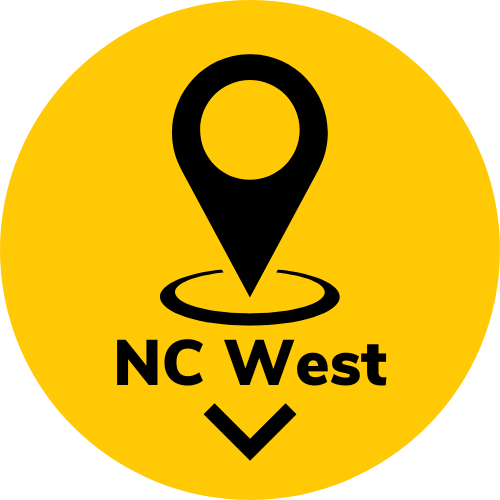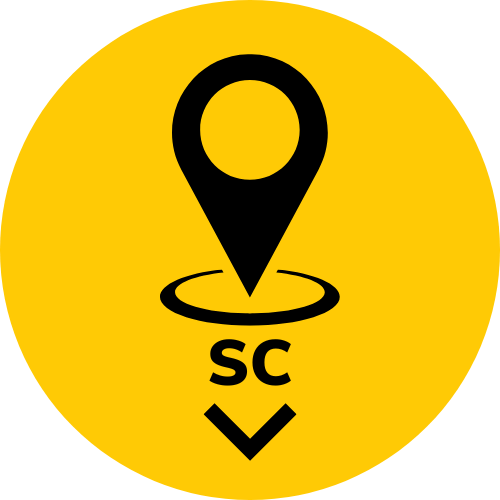
Lighting experts often throw around terms like “footcandles” with ease, but what do they really mean, and why should you care? Let’s shed some light on the subject.
Understanding Footcandles
In simple terms, a footcandle is a unit of measurement used in lighting design to quantify the intensity of light falling on a surface. Specifically, one footcandle is equal to the amount of light produced by one candle at a distance of one foot. In the field, lighting experts use footcandles to precisely measure and evaluate the amount of light in a given space. They typically use light meters, devices equipped with photodiodes or silicon cells, to take measurements. Determining the footcandle measurement involves factors such as the type and placement of light fixtures, the height of the light source, and the reflectance of surfaces in the space. By analyzing these factors, experts can ensure that the lighting meets specific requirements for visibility, safety, and ambiance.
Why Does it Matter?
Knowing the footcandle level in a space helps us determine how well-lit it is for various tasks. For example, offices typically require around 30-50 footcandles for general work areas, while intricate tasks like surgery might need up to 1,000 footcandles or more. Understanding footcandles allows us to tailor lighting designs to meet specific needs. Whether it’s creating a productive workspace or enhancing safety and security, getting the footcandle level just right is crucial.
State Standards and Regulations
When it comes to lighting design, different states may have varying standards or regulations regarding footcandles, tailored to specific types of spaces or activities. For instance, while there are general guidelines for footcandle levels in environments like offices, retail spaces, or outdoor areas, specific requirements can vary based on local building codes, industry standards, and safety regulations.
States with stringent energy efficiency measures may impose specific requirements for maximum footcandle levels to minimize energy consumption. Similarly, industries with specialized lighting needs, such as healthcare facilities or manufacturing plants, may have distinct standards tailored to their operations. Some states may adopt nationally recognized standards established by organizations like the Illuminating Engineering Society (IES) or the Occupational Safety and Health Administration (OSHA). Others may develop their own guidelines based on local considerations.
Understanding and adhering to these regulations is crucial for lighting designers and professionals to ensure that designs meet legal requirements and client needs.
Why Choose Lighting Experts
Choosing experts who understand the intricacies of good lighting design is crucial. It ensures that your space is appropriately lit for its intended use, whether it’s a retail store, office building, or healthcare facility. Additionally, knowledgeable lighting designers can maximize energy efficiency by optimizing light levels while minimizing energy consumption. This not only reduces utility costs but also contributes to sustainability efforts—a win-win for both your budget and the environment.
At Southern Lighting Services, we’re well-versed in the standards and regulations of North Carolina and South Carolina. With our expertise, your lighting project will not only meet all necessary requirements but also exceed your expectations.
Contact Us:
Phone:
1-800-788-7448
Main Office:
4133 US Hwy 321A
Granite Falls, NC 28630
Eastern NC Office :
8760 Trade St. NE
Leland, NC 28451
South Carolina Office :
2423 Highway 17 South
North Myrtle Beach, SC 29582
Family owned and operated for over 25 years.
Licensed in the North Carolina, South Carolina, Virginia, West Virginia, Tennessee & Georgia

Get Social
The Latest from Southern Lighting Services


